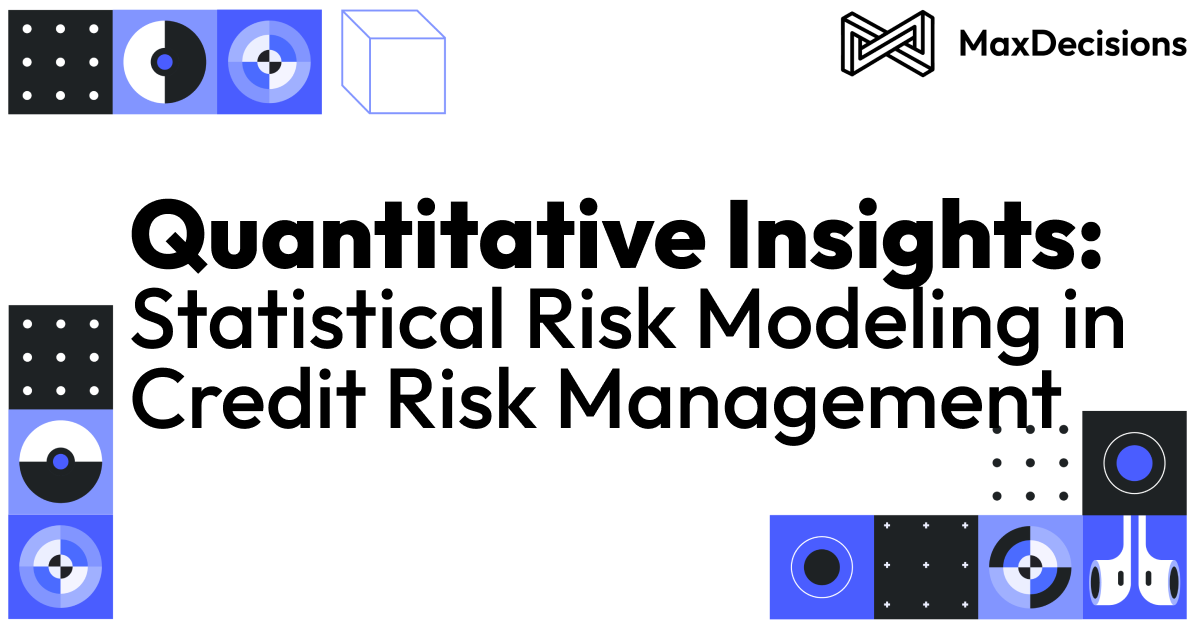
Quantitative Insights: Statistical Risk Modeling in Credit Risk Management
Credit Risk Modelling
Introduction:
In the fast-paced world of finance, managing credit risk is crucial for the stability and success of financial institutions. One of the powerful tools in this domain is statistical risk modeling. This blog aims to provide a comprehensive understanding of the role of quantitative insights and statistical risk modeling in credit risk management.
### Understanding Credit Risk:
Credit risk is the potential loss that may occur as a result of the failure of a borrower to meet their financial obligations. Financial institutions face this risk daily, whether in the form of loans, investments, or other credit-related activities. Effectively managing credit risk is imperative to ensure the financial health of these institutions.
### The Need for Quantitative Insights:
Traditionally, credit risk management relied heavily on subjective judgment and qualitative assessments. However, in the modern financial landscape, the complexity and volume of data have made it essential to incorporate quantitative insights into the decision-making process. This is where statistical risk modeling comes into play.
### Statistical Risk Modeling: An Overview:
Statistical risk modeling involves the use of mathematical models to analyze and quantify various aspects of credit risk. These models utilize historical data, financial metrics, and other relevant information to make predictions about future credit behavior. By applying statistical techniques, financial institutions can gain valuable insights into the likelihood of default, severity of potential losses, and other critical risk parameters.
### Components of Statistical Risk Models:
1. **Probability of Default (PD):** This component assesses the likelihood that a borrower will default on their financial obligations. Statistical models use historical data and various financial indicators to estimate the probability of default.
2. **Exposure at Default (EAD):** EAD represents the potential loss a lender might face if a borrower defaults. It considers the amount outstanding and the possible exposure during default scenarios.
3. **Loss Given Default (LGD):** LGD quantifies the potential loss in the event of a default. Statistical models evaluate collateral values, recovery rates, and other factors to estimate the extent of loss.
### Benefits of Statistical Risk Modeling:
1. **Data-Driven Decision Making:** Statistical models enable financial institutions to make decisions based on empirical evidence and data analysis rather than relying solely on subjective judgment.
2. **Improved Accuracy:** Quantitative insights enhance the accuracy of credit risk assessments, providing a more nuanced understanding of potential risks and opportunities.
3. **Proactive Risk Management:** By identifying and quantifying risks in advance, institutions can implement proactive risk management strategies, reducing the likelihood of adverse events.
### Challenges and Considerations:
While statistical risk modeling offers significant benefits, it is not without challenges. Model validation, data quality, and the dynamic nature of financial markets are factors that demand continuous attention and refinement of these models.
### Conclusion:
In conclusion, “Quantitative Insights: Statistical Risk Modeling in Credit Risk Management” underscores the importance of leveraging quantitative techniques in the dynamic landscape of credit risk. As financial institutions continue to face evolving challenges, adopting advanced statistical models becomes essential for making informed, data-driven decisions that contribute to the long-term stability and success of the industry.











